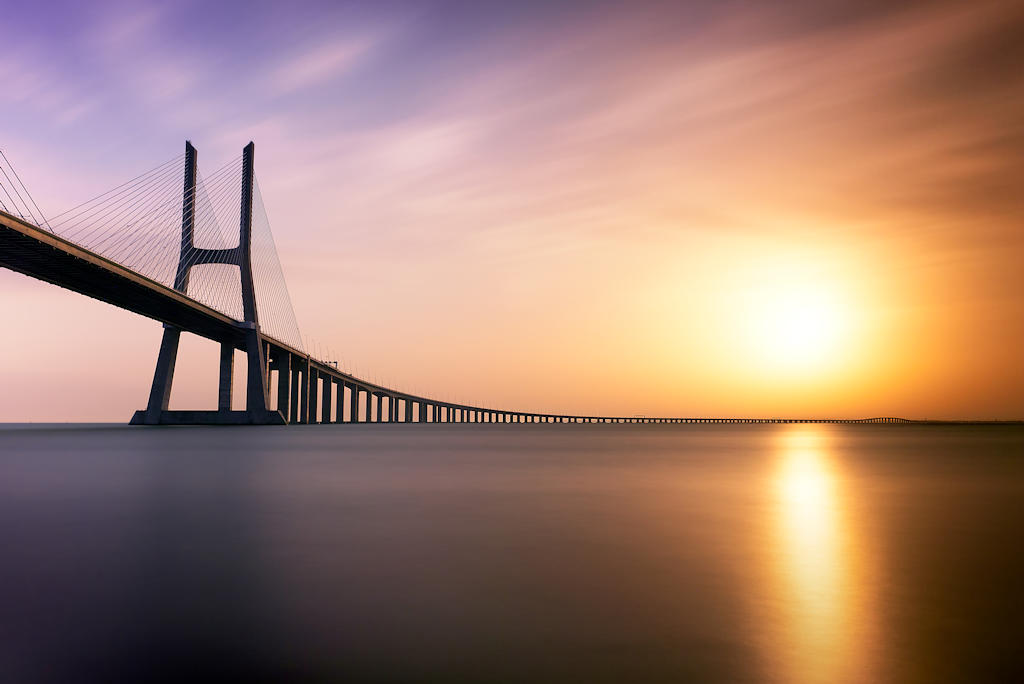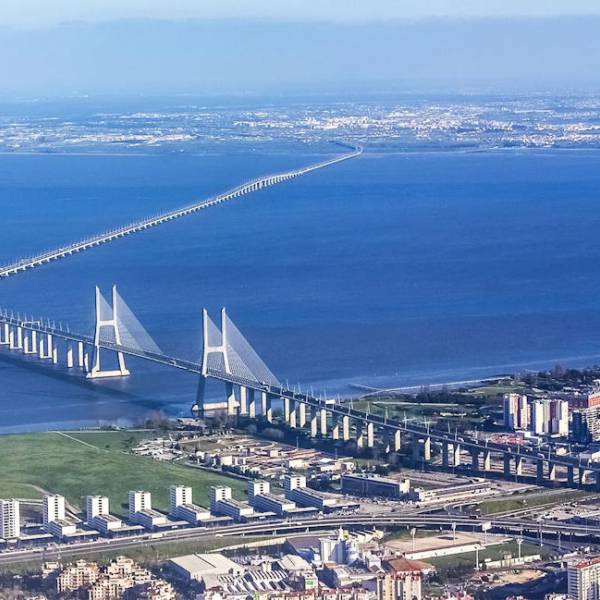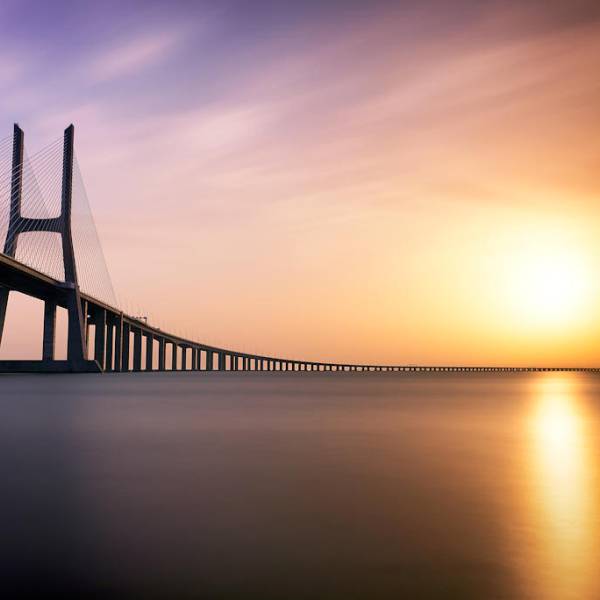The construction of this monumental bridge was a significant engineering feat that involved meticulous planning and execution. The bridge's design features a cable-stayed system with multiple supports, allowing it to withstand strong winds, seismic activity, and the immense weight of traffic passing through.
The Vasco da Gama Bridge not only serves as a vital transportation link, easing congestion and improving connectivity within the city, but it also stands as a remarkable architectural marvel. Its sleek and modern design seamlessly blends with the surrounding landscape, creating an aesthetic balance between functionality and beauty.
During the construction process, the Vasco da Gama Bridge employed state-of-the-art engineering techniques and materials. The innovative use of pre-stressed concrete and advanced construction methods ensured the bridge's durability and longevity, standing strong against the test of time.
Lisbon.vip Recommends
Since its opening, the Vasco da Gama Bridge has become an iconic landmark of Lisbon, attracting visitors from around the world. Its breathtaking views of the city, the Tagus River, and the surrounding landscape make it a popular destination for locals and tourists alike.
The Vasco da Gama Bridge has played a crucial role in facilitating the growth and development of Lisbon, connecting residential areas, commercial centers, and industrial zones. It has significantly improved transportation efficiency and stimulated economic activity in the region.
Today, the Vasco da Gama Bridge stands as a testament to human ingenuity, serving as a symbol of Lisbon's modernity, progress, and connection with the wider world. It remains an architectural marvel and a source of pride for Portugal, reminding us of the power of human innovation and the ability to overcome extraordinary challenges.
In conclusion, the opening of the Vasco da Gama Bridge in 1998 was a momentous occasion in Lisbon's history. Designed by architect Armando Rito, this engineering marvel stands as Europe's longest bridge and has become an iconic symbol of the city. Its construction showcased Portugal's engineering prowess and its design seamlessly blends functionality with aesthetic beauty. The Vasco da Gama Bridge continues to play a vital role in connecting the city and stimulating its growth, while also offering breathtaking views and attracting visitors from around the world.





